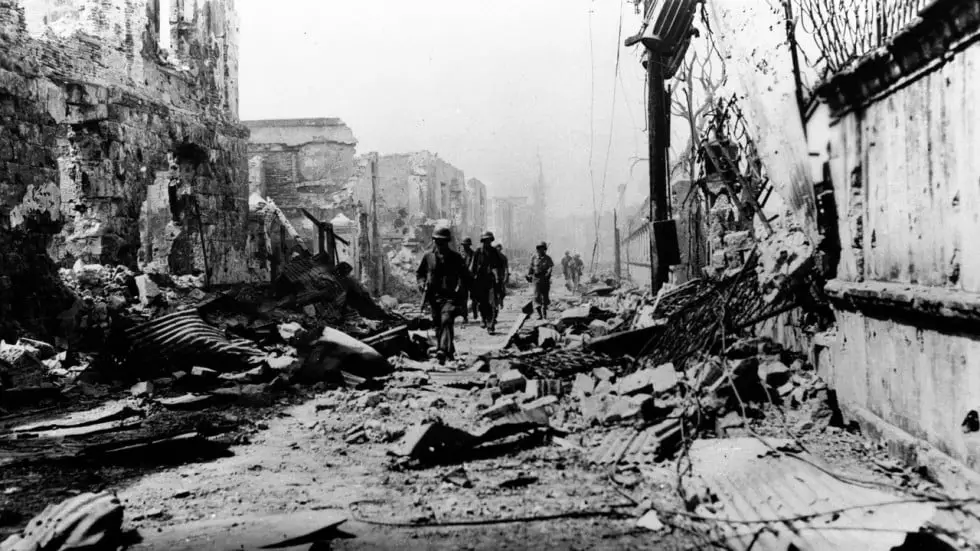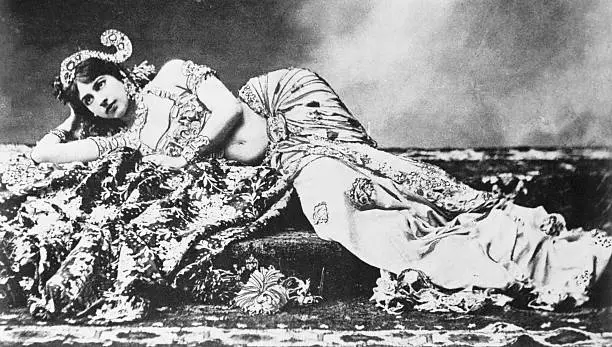Manila Massacre: A Painful Reminder of War’s Impact
During World War II, the City of Manila, the capital of the Philippines, was the site of a horrific massacre that claimed the lives of at least 100,000 Filipino civilians. The Manila Massacre, also known as the Rape of Manila, was one of several major war crimes committed by the Imperial Japanese Army during the war. In this article, we will delve deeper into the events that led up to the Manila Massacre, the atrocities committed by Japanese troops, and the aftermath of the massacre.

The Battle of Manila: Prelude to the Massacre
The Battle of Manila was a major battle fought between Allied forces and the Imperial Japanese Army from February 3 to March 3, 1945. The battle was a key part of the campaign to liberate the Philippines from Japanese occupation, and it was one of the most brutal and destructive battles of the Pacific War.
The Japanese army, aware of their impending defeat, resorted to a strategy of destruction. They destroyed bridges, buildings, and other infrastructure, leaving the city in ruins. They also targeted civilians, whom they suspected of collaborating with the enemy. Japanese soldiers committed numerous atrocities, including rape, torture, and murder.

| Intramuros, Manila, Philippines March 1945. Filipino survivors from the Santa Clara Monastery were rescued by American soldiers right after being liberated from the Japanese. |
The Manila Massacre: Atrocities Committed by Japanese Troops
One of the most horrific incidents during the Battle of Manila was the Manila Massacre. The massacre involved the indiscriminate killing of Filipino civilians by Japanese troops. The soldiers used machine guns, bayonets, and other weapons to slaughter men, women, and children. The massacre was so brutal that it was dubbed the “Rape of Manila.”

The Japanese troops did not discriminate between combatants and non-combatants, and civilians were killed in their homes, on the streets, and in hospitals. The massacre was not limited to just one day but occurred over several weeks, from February 9 to March 3, 1945.
The aftermath of the massacre was devastating. Dead bodies littered the streets, and survivors were left to mourn their loved ones and rebuild their shattered lives. The destruction of the city and the loss of life caused by the massacre were felt for years to come.
The Yamashita Trial: Accountability for War Crimes
After the war, the Allied forces held a military tribunal to try Japanese officials for war crimes. Among those held accountable for the Manila Massacre were General Tomoyuki Yamashita and his chief of staff, Akira Mutō. Yamashita, who had been in charge of Japanese forces in the Philippines, was held responsible for the actions of his troops during the battle.
The Yamashita Trial, as it came to be known, was significant because it established the principle of command responsibility. According to this principle, military commanders can be held responsible for the actions of their troops, even if they did not directly order those actions.

12th May 1945: General Tomoyuki Yamashita is fitted with a microphone, prior to his trial for war crimes commencing in Manila.
Yamashita was found guilty of war crimes and sentenced to death. He was executed by hanging on February 23, 1946. Mutō was also found guilty and executed on December 23, 1948. The Yamashita Trial sent a clear message that war crimes would not go unpunished, and it helped establish the foundation for international criminal law.
Remembering the Manila Massacre: Honoring the Victims and Educating Future Generations
The Manila Massacre remains a tragic reminder of the horrors of war and the importance of respecting the rights of civilians during times of conflict. It is important to remember the victims of the massacre and honor their memory. One way to do this is by building memorials and monuments to commemorate the victims of the massacre. In Manila, the Manila Massacre Memorial Wall was built to honor those who died during the massacre. The wall displays the names of the victims and serves as a reminder of the tragedy that occurred in the city.
In addition to building memorials, it is also important to educate future generations about the Manila Massacre and other war crimes. By learning about these events, we can better understand the devastating impact of war on civilians and strive to prevent similar atrocities from occurring in the future.
International organizations, such as the United Nations, also play an important role in educating the public about war crimes and their impact. The International Criminal Court (ICC), for example, investigates and prosecutes individuals who commit war crimes, crimes against humanity, and genocide. By holding individuals accountable for their actions, the ICC serves as a deterrent to future perpetrators.
The Legacy of the Manila Massacre: Impact on the Philippines and the World
The Manila Massacre was a tragic event that claimed the lives of thousands of innocent civilians. The atrocities committed by Japanese troops during the Battle of Manila serve as a reminder of the devastating impact of war on civilians and the importance of respecting their rights.
The Yamashita Trial and other efforts to hold individuals accountable for war crimes have helped establish the foundation for international criminal law. It is important to remember the victims of the Manila Massacre and other war crimes and honor their memory through memorials and education.


